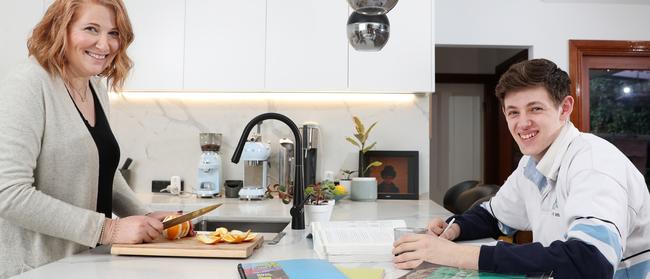Bullying, stress, anxiety: Why COVID is causing our kids to skip school
Students across the country are refusing to go back to school in record numbers after being forced into homeschooling because of the COVID pandemic. It comes as ATAR anxiety ramps up for both students and parents. See expert tips to lower ATAR stress.
Coronavirus
Don't miss out on the headlines from Coronavirus. Followed categories will be added to My News.
- NZ extends restrictions as PM issues dire warning
- What’s killing more Aussies than COVID-19 right now
Exclusive: Record amounts of students have not returned to school across the country since the initial introduction of remote learning with principals feeling like they have their hands tied and that children are going to slip through the cracks permanently.
The Australian Primary Principals Association (APPA) has been told the number of students missing from school could be as high as eight per cent with teenagers refusing to return to school in some states.
According to APPA school refusal is usually around two per cent – as opposed to students occasionally being absent.
Bullying accounts for a large part of why students are truanting with one source telling News Corp Australia “it is not the classroom that is the problem, it is the playground.”
Previously school refusal students tend to be from lower socio-economic areas but the sky rocketing numbers are now including those from middle class families.
Anxiety and stress are playing a big part with students worried their academic performance has suffered from the school shutdowns earlier this year because of the COVID-19 pandemic.
Many are “too embarrassed” to go back to school as a result.
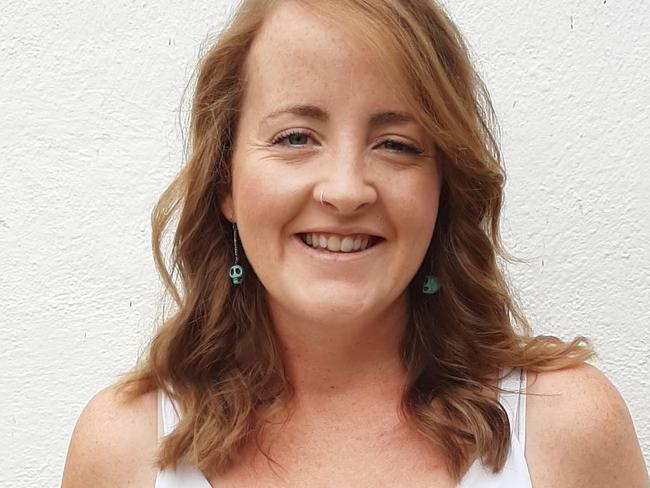
“We’ve noticed those who experienced social anxieties related to the classroom and playground have excelled with remote learning and are reluctant to go back to face-to-face learning,” Schools Program Manager at Les Twentyman Foundation Sarah Ryan said.
“The other cohort have struggled with attendance, fallen behind and now are even more reluctant to return as they’ve fallen further behind.
“Absenteeism is difficult to monitor at the moment, given the different platforms schools are using to monitor classroom engagement. We do know however, that those refusers who were starting to make progress pre-COVID are almost right back at square one.”
The APPA is calling for funds to help bring students back to school by working more closely with support agencies.
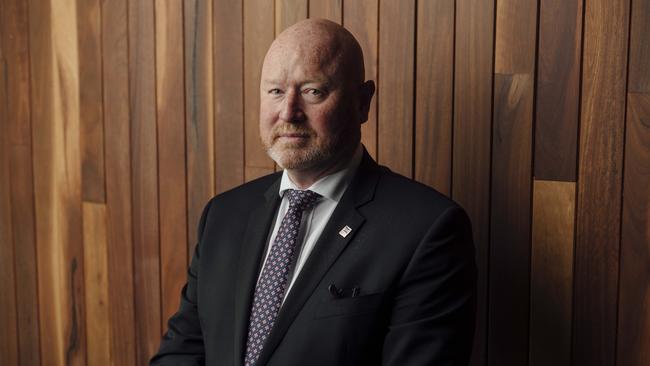
APPA principal Malcolm Elliot said too many students are slipping through the cracks and there is only so much school leaders can do by themselves.
“Schools currently have access to support such as social workers and school psychologists to support children and families, but there are issues with schools having the resources to pay for the requisite of such services and the further you move out of the urban areas the more difficult accessing this support becomes,” Mr Elliott said.
“We are hearing from school principals that there is a significant issue of children not returning to ‘face-to-face’ learning since remote learning was halted across all states, while official data is scarce during the COVID crisis on the numbers, there is suggestion that we may be looking at up to eight per cent of primary aged children still at home in some states.
“This is a national issue and was a problem prior to the added pressure of the coronavirus outbreak with research from the University of Melbourne suggesting that up to 50,000 children are not currently enrolled in school, with children for a variety of reasons unwilling to attend school, some related to issues in the home such as family breakdown, domestic violence, trauma, with an increase in anxiety also playing a major role.”
Research has shown there are enormous and costly social issues when students do not complete their education and Mr Elliott said the association believes further investment is required.
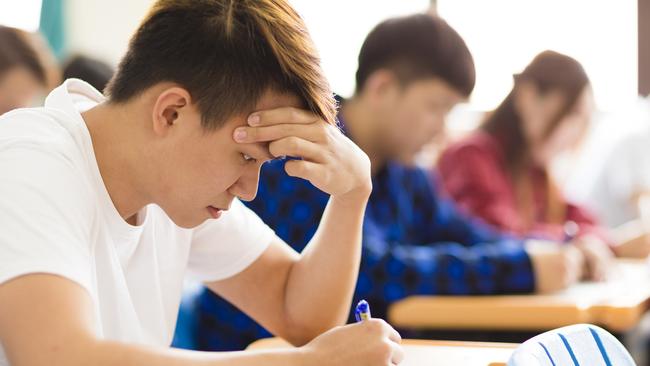
Ms Ryan said having more youth workers attached to school would reduce absenteeism dramatically.
She said about 95 per cent of parents are trying to get their kids to school but in most cases it requires professional intervention to support the student,
“A lot of the issues we see with young people are around those friendship issues and bullying.
While there is online bullying at least at home they know they are safe and can switch off devices but at school it is relentless,” she said.
“Another issue is because of the shutdowns they feel they are falling behind academically so they are embarrassed to go back or are experiencing mental health concerns for the first time.”
NSW Principal and Principals Association NSW executive Rob Walker, who runs a K to 12 school on the North Coast said some students have suffered the triple whammy of droughts, fire and the pandemic and found it hard to go back through the school gates but that there were mechanisms in place to track each child.
“We have seen the impact on children very young and right through to senior years,” he said.
He said some NSW families had decided “the pandemic is a major concern and it is in the interest of their child they would like to keep them at home.”
And in other cases older students had taken up employment but not told their school they had left.
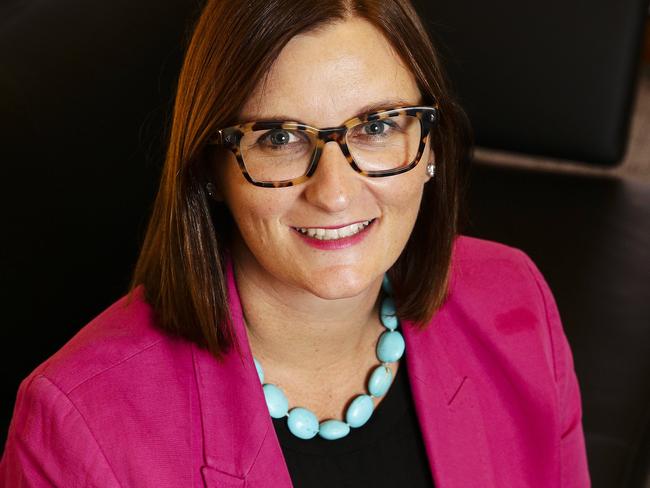
NSW Education Minister Sarah Mitchell said absentee rates have fallen to a level almost on par with the average rates from this time last year and that the pandemic has emphasised pressures on families across the state.
“Some of our students, who are of legal age not to be at school, have not returned since learning from home came to an end in May,” Ms Mitchell said.
“The large number of students who have returned to school, despite trying personal circumstances, is a testament to them and their schools. This is has been a tough year but school is the best place for our kids to be.”
The re-engagement strategy has achieved significant and positive results in a matter of months, cutting non-attendance rates from an initial high of 11,040 students to 3880 students.
A Sydney mother has faced challenges of her own as her teenage children have struggled to deal with the impacts and disruption that COVID-19 has had upon her children and family.
“This has been such a tough time for everyone, we have had the kids at home, my husband and I run our own business, so we have also been working from home, there have been arguments about why our kids cannot see their boyfriends and girlfriends, food deliveries and the unfair nature of restrictions,” she said, asking to remain anonymous.
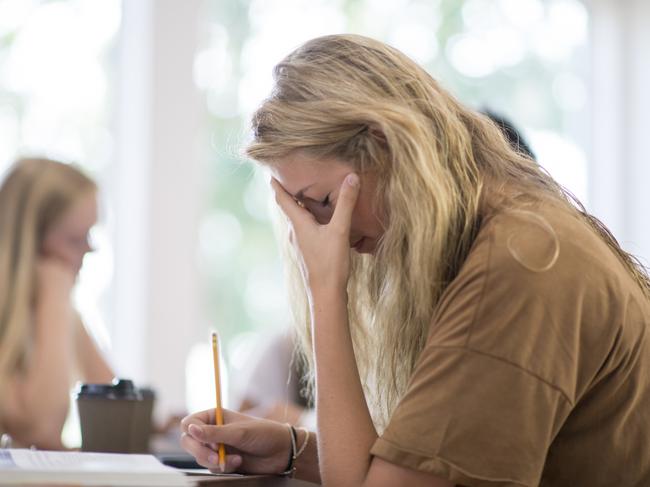
The woman is a professional white collar worker who runs her own business and lives in an affluent area of Sydney.
She said her daughter was the target of bullies at school so then thrived in the home learning environment.
“Which then caused her great stress and anxiety as she faced the return to school. This anxiety was heightened, as she had only recently commenced this year at a new school, with disruption having a marked effect on her settling into her new learning environment. In the end we made the decision together that she would return to her old school and are hopeful that she can now settle back into her studies,” she said.
“This has been the issue that the disruption to education that COVID-19 has caused, it has raised the anxiety level in family homes across the country, kids are frustrated, parents have had to hold a dual role of trying to work from home and act as teacher with the kids, all while our children are dealing with issues of isolation from friends, being away from the structure of school, sport and recreation.
“All this has added to our anxiety and from conversations with friends, issues of children preferring to be home rather than physically at school is something many have faced with their kids, with many finding that accessing the external support, mental health support and help we need not readily available in the community.”
ATAR ANXIETY
ATAR anxiety has ramped up with more than 80 per cent of students stressed about their score.
New national research from education platform Cluey Learning has found the number of students stressed about their ATAR has risen five per cent since last year and 62 per cent believe that the pandemic will ruin their outcome.
Nearly 90 per cent (87) of public students surveyed were concerned about their final exam compared to 84 per cent of private school students and 66 per cent of Catholic school students.
But their parents are even more stressed than their children with more than one in three
students saying their parents anxiety was outstripping their own.
When parents were asked whether this year’s events made them more or less stressed about their child’s ATAR score, almost 40 per cent said they were more stressed.
Another 43 per cent have experienced some anxiety over their child’s ATAR result.
Although, almost 60 per cent stated they were relieved their child would avoid having to repeat the year, one in three are nervous their child will end up with an ATAR they are unhappy with as a result.
Cluey Learning’s Chief Learning Officer Dr Selina Samuels said they have seen a 30 to 50 per cent rise in senior students seeking additional support since COVID hit.
“There is no doubt 2020 has presented students with education challenges unlike no other,” Dr Samuels said.
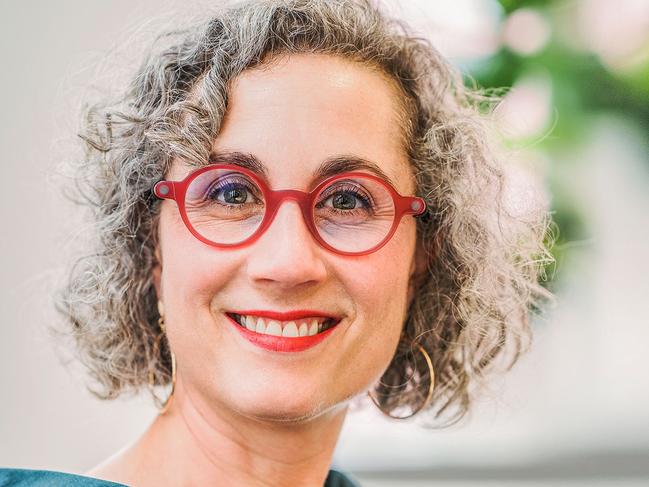
“As schools moved to remote learning, we had a lot of senior students looking for or already using additional support such as online tutoring. They are looking for more one-to-one interactions in tandem with what they are getting at school.”
The final year of school for 18-year-old Ariel Eisner hasn’t turned out quite as he had imagined it.
“I thought it would be about trying to focus on school but also enjoying the other stuff of year 12 and playing basketball – but it’s really just been about school.
“I do feel like I have missed out.”
When it comes to ATAR anxiety Ariel is grateful that NSW hasn’t gone back into lockdown.
“I thought COVID would have a much more negative effect actually,” he said.
